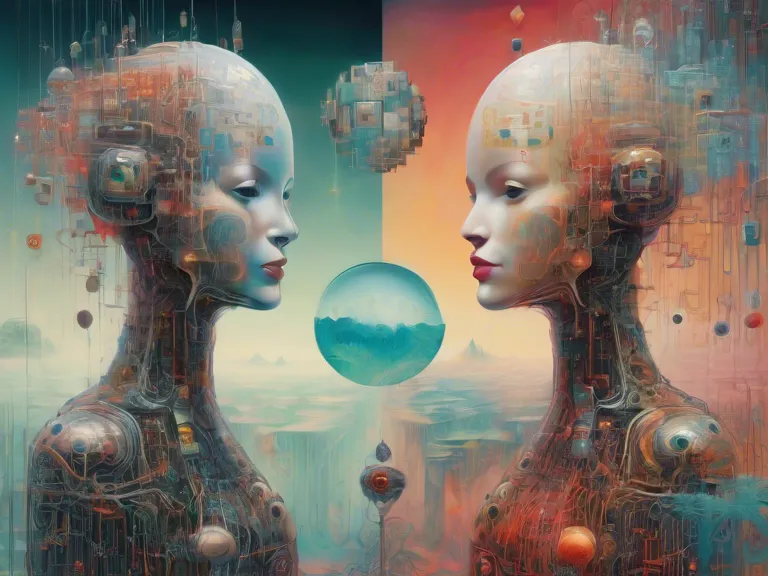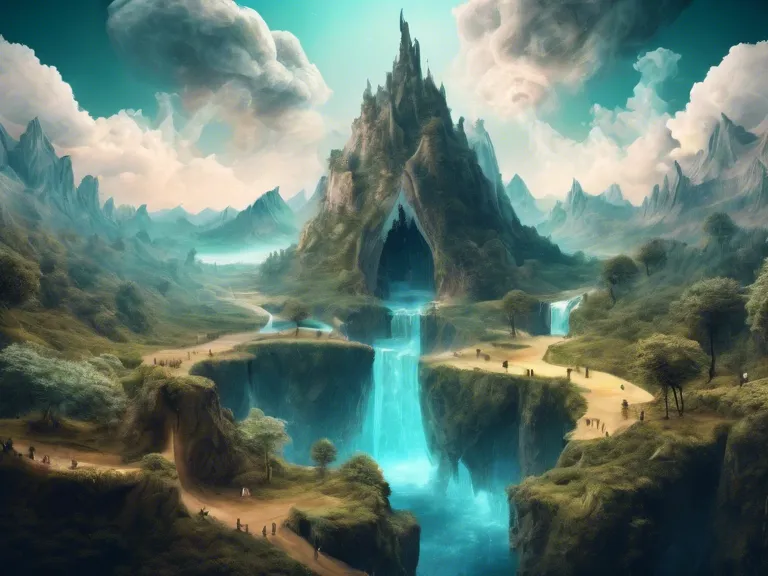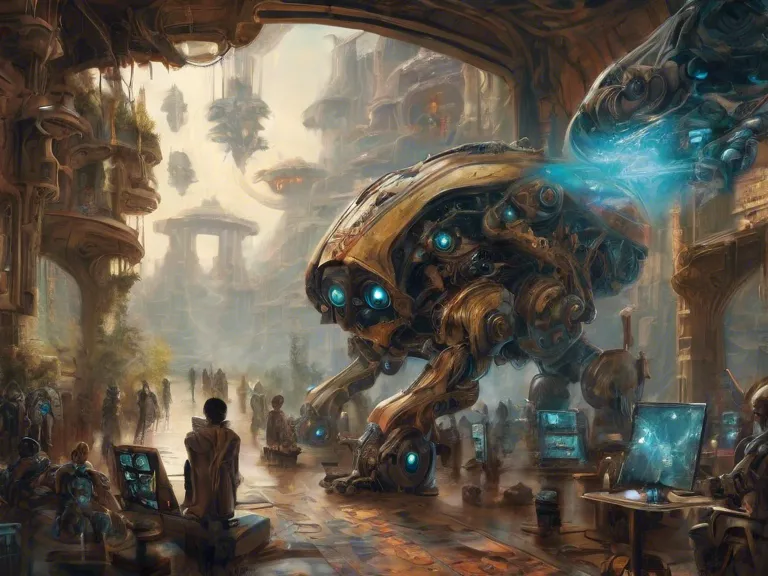
Algorithmic Fantasies: AI's Role in Crafting Surrealist Art
In the world of art, surrealism has always been a genre that pushes the boundaries of imagination and creativity. With its dream-like imagery, unexpected juxtapositions, and exploration of the unconscious mind, surrealism has captivated audiences for decades. But what happens when artificial intelligence (AI) gets in on the act?
AI has been making waves in the art world, with algorithms capable of generating everything from paintings to poetry. While some may view AI as a threat to human creativity, others see it as a powerful tool for expanding artistic possibilities. When it comes to surrealism, AI has the potential to create mind-bending, surreal artworks that challenge our perceptions and stretch the limits of our imagination.
One of the most famous examples of AI-generated surrealism is the work of artist Mario Klingemann, who uses algorithms to create stunning and otherworldly artworks. By feeding the AI with a database of surreal images, Klingemann's algorithms learn to recognize patterns and create their own unique compositions. The result is a mesmerizing blend of human and machine creativity, where the boundaries between reality and fantasy begin to blur.
But AI's role in crafting surrealist art goes beyond just generating images. Some artists are using AI as a collaborative partner, working hand in hand with the algorithms to co-create artworks. By relinquishing control and allowing the AI to make suggestions and transformations, artists are able to tap into new realms of creativity and explore uncharted territories of surrealism.
While AI may never replace the human touch in art, its role in crafting surrealism opens up a world of possibilities for artists and audiences alike. By embracing the fantastical and the unexpected, AI can help us unlock new ways of seeing and experiencing the world around us. Surrealism and AI may seem like strange bedfellows, but together, they have the power to redefine what it means to create and appreciate art in the 21st century.

